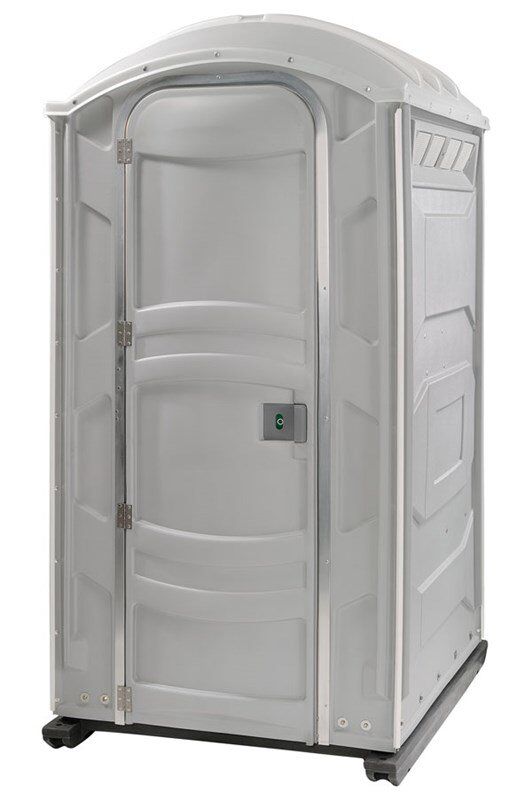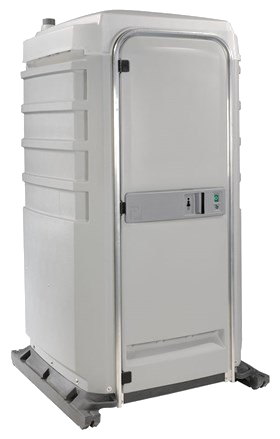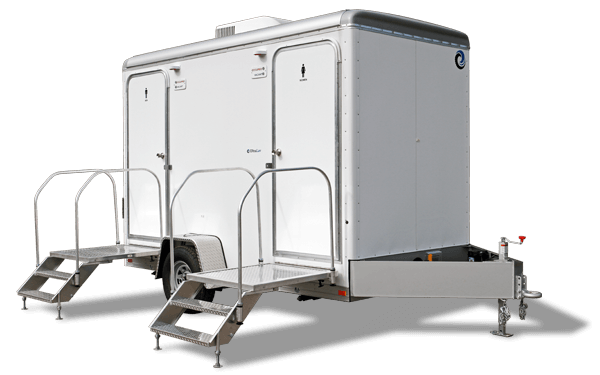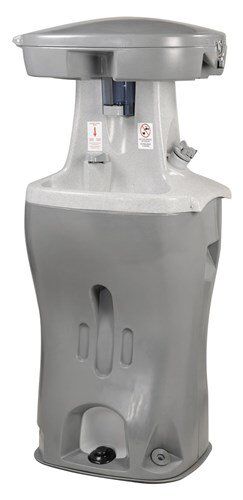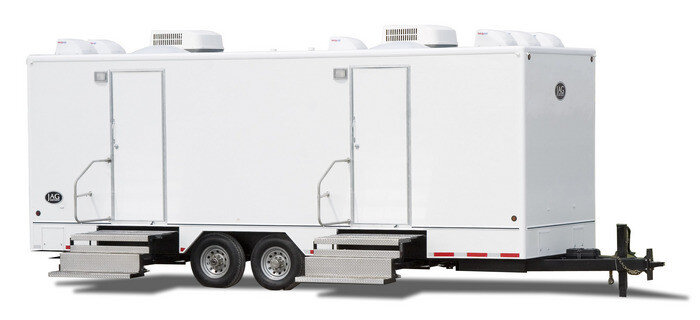Construction Job Site Portable Restroom Rentals
When it comes to construction sites, providing proper restroom facilities is not just a matter of convenience but a crucial aspect of ensuring the health, safety, and productivity of the workforce. The Occupational Safety and Health Administration (OSHA) has specific guidelines and regulations in place to ensure that construction workers have access to adequate restroom facilities. Renting portable restrooms that meet these requirements is essential. In this article, VIP Restrooms will explore the key considerations for renting portable restrooms for construction sites, including the unique requirements of such sites, compliance with safety regulations, placement considerations, and additional features that cater to the needs of construction workers.
Adequate Facilities for Construction Workers:
Construction sites are often located in remote areas or areas without easy access to public restrooms. As workers spend long hours engaged in physically demanding tasks, having access to clean and accessible restrooms is essential for their health and well-being. Inadequate restroom facilities can lead to health issues, reduced productivity, and potential legal consequences for the construction company.
When renting portable restrooms for construction sites, it is crucial to ensure that the number of units provided is sufficient to accommodate the workforce adequately. The general rule of thumb is that there should be one portable restroom for every ten construction workers on the site. However, factors such as the size of the project, the nature of the work, and the duration of the project should also be taken into account to determine the exact number of required units.
Compliance with Safety Regulations:
Compliance with OSHA regulations is of utmost importance on construction sites. OSHA has specific guidelines regarding restroom facilities that must be adhered to in order to ensure the health and safety of construction workers.
According to OSHA regulations, portable restrooms on construction sites should:
- Be easily accessible from the work area.
- Be placed in a stable location, away from potential hazards or excavation sites.
- Be properly serviced and maintained to ensure cleanliness and hygiene.
- Have separate facilities for male and female workers, or in cases where unisex restrooms are provided, they must have lockable doors and adequate privacy measures.
- Have proper hand washing stations with clean water, soap, and paper towels.
It is the responsibility of the construction site management to ensure that the rented portable restrooms meet all OSHA requirements. When selecting a portable restroom rental company, like VIP Restrooms, it is crucial to verify their compliance with these regulations and their commitment to maintaining their units in top-notch condition.
Placement Considerations:
The strategic placement of portable restrooms on construction sites is essential for maximizing their effectiveness and minimizing disruptions to work operations. Consider the following factors when determining the ideal portable restroom rental placement:
- Proximity to Work Areas: The restrooms should be placed as close as possible to the work areas to reduce the time workers spend walking to and from the facilities. This will improve productivity and ensure that workers can quickly access the restrooms when needed.
- Avoiding Hazards: Restrooms should be situated away from potential hazards, such as heavy machinery, excavation sites, and areas with high foot traffic. Placing the units in safe and easily accessible locations will minimize the risk of accidents and injuries.
- Ease of Servicing: Ensure that the selected locations are easily accessible for the restroom service trucks to maintain and clean the units regularly. Regular servicing is crucial to maintain cleanliness and hygiene, which, in turn, contributes to the well-being of the workers.
- Separation from Eating Areas: Whenever possible, keep the restrooms separated from eating and break areas. This will help maintain better hygiene and prevent potential contamination.
Additional Features Catering to Construction Workers’ Needs:
Apart from meeting the basic OSHA requirements, certain additional features can enhance the functionality and comfort of portable restrooms on construction sites:
- Hand Sanitizing Stations: In addition to traditional hand washing stations, consider adding hand sanitizing stations near the entrance and exit of the restrooms. This encourages proper hand hygiene and helps reduce the spread of germs.
- Well-Ventilated Units: Construction sites can be dusty and odorous environments. Providing portable restrooms with proper ventilation ensures a more pleasant experience for users and helps control odors.
- Spacious and Sturdy Design: Construction workers often wear bulky safety gear, such as hard hats and harnesses. Ensuring that the portable restrooms are spacious and can accommodate workers with their equipment will improve overall comfort.
- Lighting: If construction work continues into the evening or takes place in dimly lit areas, consider renting restrooms with built-in lighting to ensure safe usage during low-light conditions.
- Wheelchair Accessibility: Construction sites should be accessible to all, including individuals with disabilities. Providing wheelchair-accessible restrooms demonstrates a commitment to inclusivity and compliance with ADA regulations.
In conclusion, renting portable restrooms for construction sites requires careful consideration of various factors, including the specific needs of the workforce, compliance with OSHA regulations, strategic placement, and additional features for enhanced usability. Adequate and well-maintained restroom facilities are not just a legal requirement but also a moral obligation to prioritize the health, safety, and well-being of the construction workers who contribute significantly to building our infrastructure and communities. By understanding and addressing these considerations, construction site managers can create a more efficient, safe, and worker-friendly environment, leading to increased productivity and project success.

